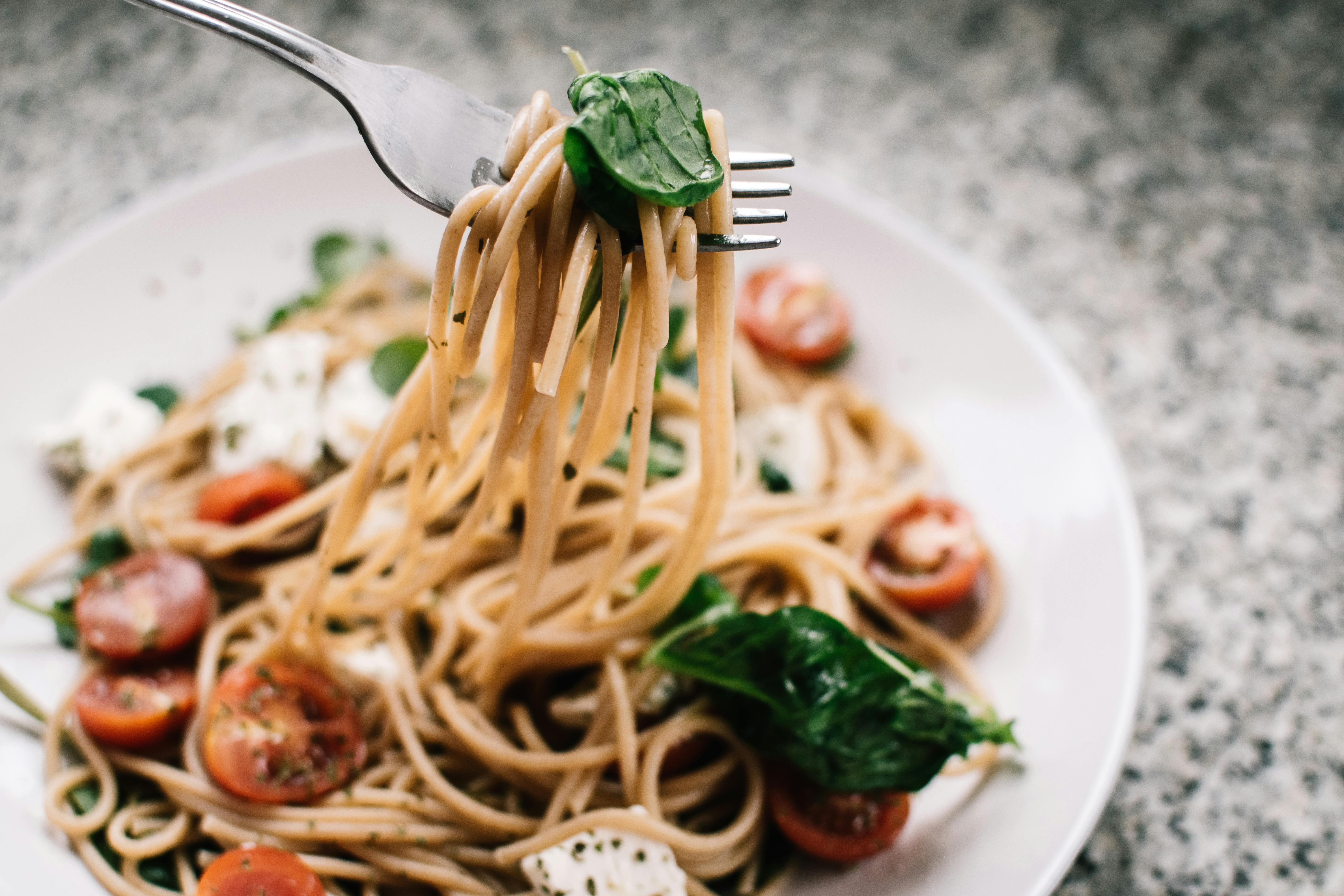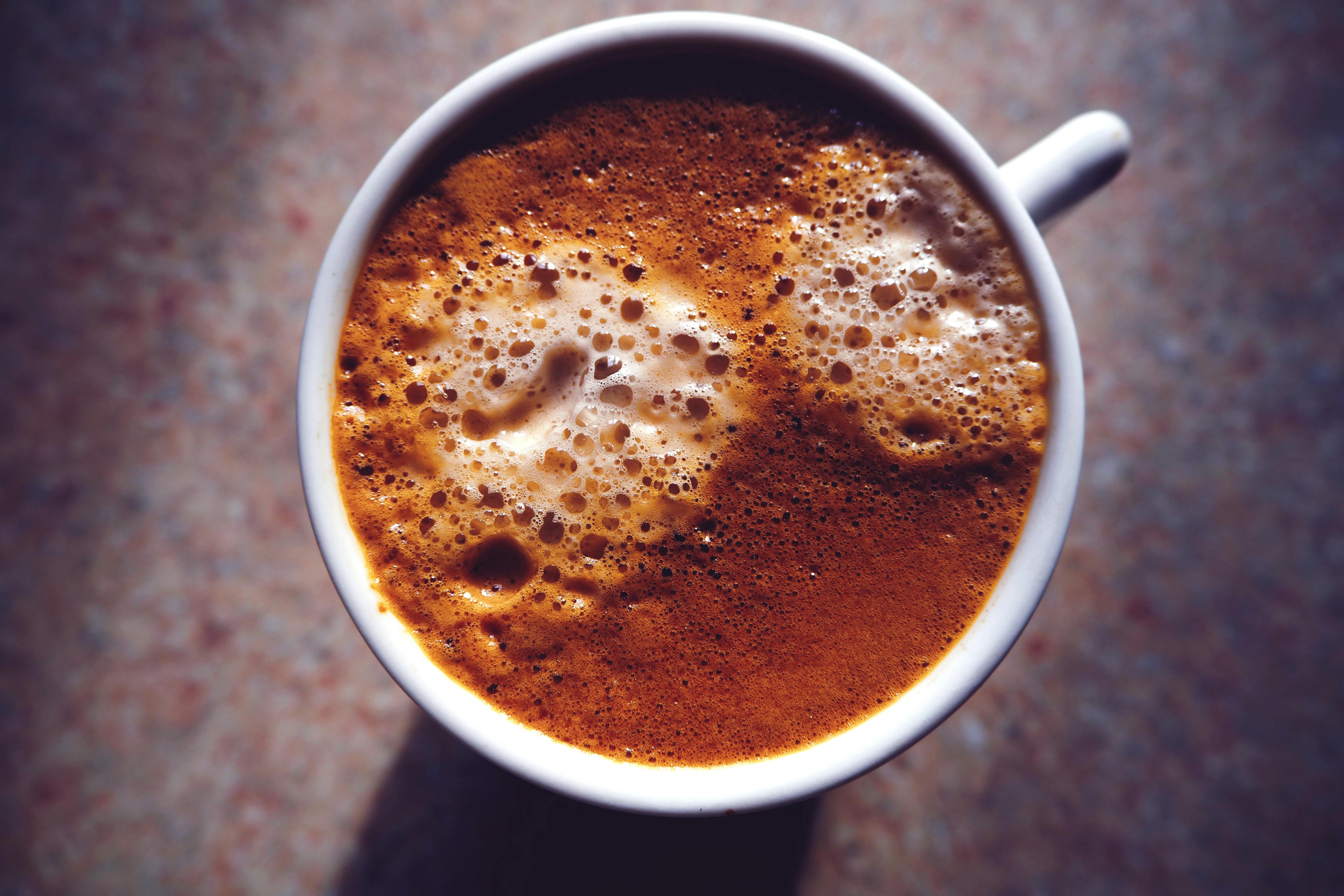Best 5 Rice Cooker Options for Perfectly Fluffy Rice in 2025

How to Properly Use a Rice Cooker for Delicious, Perfectly Cooked Rice in 2025
Rice cookers have revolutionized the way we prepare rice, making it easier than ever to achieve delicious, perfectly cooked rice every time. In 2025, as technology advances, understanding how to properly use a rice cooker remains essential for both novice cooks and seasoned chefs alike. This article provides comprehensive rice cooker instructions, tips, and techniques to ensure you make the most of this versatile kitchen appliance.
From mastering the rice to water ratio to exploring various cooking settings, this guide covers everything you need to know about cooking rice in a rice cooker. We will also delve into steaming vegetables, cleaning and maintaining your rice cooker, and even share some tasty rice cooker recipes. Get ready to elevate your cooking game with practical insights and expert recommendations!
Key Takeaways:
- Understand different rice cooker functions and settings.
- Learn the ideal rice to water ratio for various rice types.
- Explore rice cooker recipes and meal prep ideas.

Essential Rice Cooker Settings for Perfect Results
When using a rice cooker, familiarizing yourself with its settings is crucial to ensure optimal results. Every rice cooker may have slightly different characteristics, but most share common functions. Understanding these will help you achieve perfect rice every time.
Types of Rice Cooker Functions
Different rice cookers come equipped with various functions. The most common settings include:
- White Rice: For standard white rice varieties like basmati or jasmine.
- Brown Rice: Designed for longer cooking times required for whole grain rice.
- Steam: Ideal for steaming vegetables or other foods simultaneously.
Some advanced models may include additional features, such as settings for porridge, quick cooking, or even risotto. If you plan to use your rice cooker for a variety of dishes, investing in a model with multiple functions could be advantageous.
Using Timer on Your Rice Cooker
Many rice cookers come equipped with a timer function, allowing you to prepare rice in advance. This is particularly useful for busy individuals or families. To use this feature, ensure that you have the correct measurements of rice and water before starting the timer. This way, you can come home to perfectly cooked rice ready to serve!
Measuring Rice for a Rice Cooker
Getting the rice to water ratio correct is pivotal when cooking rice in a rice cooker. Depending on the type of rice, the amounts may vary significantly, which is why understanding how to measure rice correctly is foundational.
Rice to Water Ratio Explained
The basic guideline for cooking most white rice is to use a 1:1.5 ratio, meaning one cup of rice requires one and a half cups of water. However, for brown rice, this ratio typically increases to 1:2.5. Here are some standard ratios:
- White Rice: 1 cup rice to 1.5 cups water
- Brown Rice: 1 cup rice to 2.5 cups water
- Quinoa: 1 cup quinoa to 2 cups water
Preparing Rice Before Cooking
Before cooking, it's often beneficial to rinse rice to remove excess starch, which can result in overly sticky rice. Simply place the rice in a fine mesh strainer, rinsing under cold water until it runs clear. This process enhances the texture of the final product, yielding fluffier rice.
Common Rice Cooking Variations
While rice cookers excel at cooking rice, they can also be used to achieve various side dishes and meals. Utilizing your rice cooker effectively can enhance your meal prep options while saving time in the kitchen.
Cooking Various Types of Rice
Different types of rice require unique preparations. For instance, sticky rice is popular in Asian culinary practices and requires a different water ratio than standard white rice. When cooking sushi rice, it's crucial to maintain a 1:1.2 water ratio and allow the rice to soak for about 30 minutes before cooking.
Cooking Lentils and Quinoa
Many rice cookers can also handle other grains, like quinoa and lentils. The process is similar, but pay attention to the water ratios and cooking times. For lentils, a general 1:2 ratio works well, while quinoa often demands a 1:2 ratio as well. As you explore these grains, take notes on what works best for your preferred textures.

Cleaning and Maintaining Your Rice Cooker
To ensure your rice cooker works efficiently and lasts for years, regular cleaning and maintenance is essential. After each use, proper care will not only keep your appliance in great shape but also prevent lingering odors and flavors.
Cleaning a Rice Cooker
Start by unplugging the rice cooker and allowing it to cool. The inner pot is usually removable and can be washed with warm, soapy water. Avoid using abrasive materials that can scratch the non-stick surface. For stubborn stains, a gentle scrub with baking soda can work wonders.
Maintaining Your Rice Cooker
Check the manufacturer’s user manual for specific maintenance guidelines. Regularly inspect the electrical components and ensure that the heating element is clean and free of debris. If you notice unusual smells or performance issues, troubleshooting your rice cooker may be necessary to identify any potential concerns.
Rice Cooker Recipes and Meal Prep Ideas
The versatility of rice cookers extends beyond grains. You can easily prepare a variety of dishes with minimal effort. Let's explore some creative rice cooker recipes!
Easy Rice Cooker Recipes to Try
Here are a few simple yet delicious recipes to get you started:
- Rice Cooker Jambalaya: A one-pot meal featuring rice, diced tomatoes, chicken sausage, and bell peppers.
- Rice Cooker Risotto: With consistent stirring, prepare creamy risotto using Arborio rice, broth, and your favorite vegetables.
- Rice Cooker Porridge: Use your rice cooker to make breakfast porridge by simmering rice or oats in milk or water.
Rice Cooker Meal Prep for the Week
Utilizing your rice cooker for meal prep can save time during busy weeks. You can prepare bulk batches of rice, beans, or legumes, which can then be used throughout the week in salads, stir-fries, or as side dishes. For busy lifestyles, consider having pre-measured bags of rice ready to go!
Common Questions About Rice Cookers
What Makes a Rice Cooker Different from Stovetop Cooking?
Rice cookers are designed specifically for cooking rice and related grains, providing more consistent results compared to stovetop methods. They automatically adjust cooking times based on moisture absorption, leading to perfect, fluffy rice every time.
How Do I Avoid Rice Cooker Overflow?
To prevent overflow, always adhere to the recommended rice to water ratios and do not exceed the maximum fill line in the inner pot. If using more than a few cups of rice, consider cooking in smaller batches.
Can I Use a Rice Cooker for Other Foods?
Absolutely! Many rice cookers are versatile enough to create stews, soups, and even desserts like rice pudding. Ensure to adjust the water and ingredient ratios accordingly for best results.
Are There Any Safety Tips When Using a Rice Cooker?
Always follow the manufacturer's guidelines regarding safe usage practices. Ensure the rice cooker is placed on a flat, heat-resistant surface, and avoid operating it without adequate supervision. Do not open the lid while the rice cooker is in operation as steam can escape.
What Is the Best Rice for a Rice Cooker?
The best rice for a rice cooker often includes long and short-grain varieties such as jasmine, basmati, and sushi rice. Adjust the water ratio accordingly to achieve desired textures. Brown rice is also a great option, but it will require longer cooking times.
With this guide, you'll be well on your way to mastering the art of cooking with a rice cooker. Remember to experiment and enjoy the process!